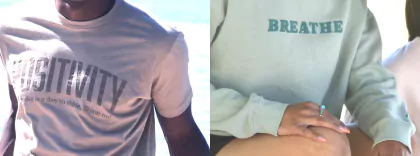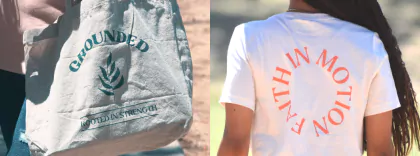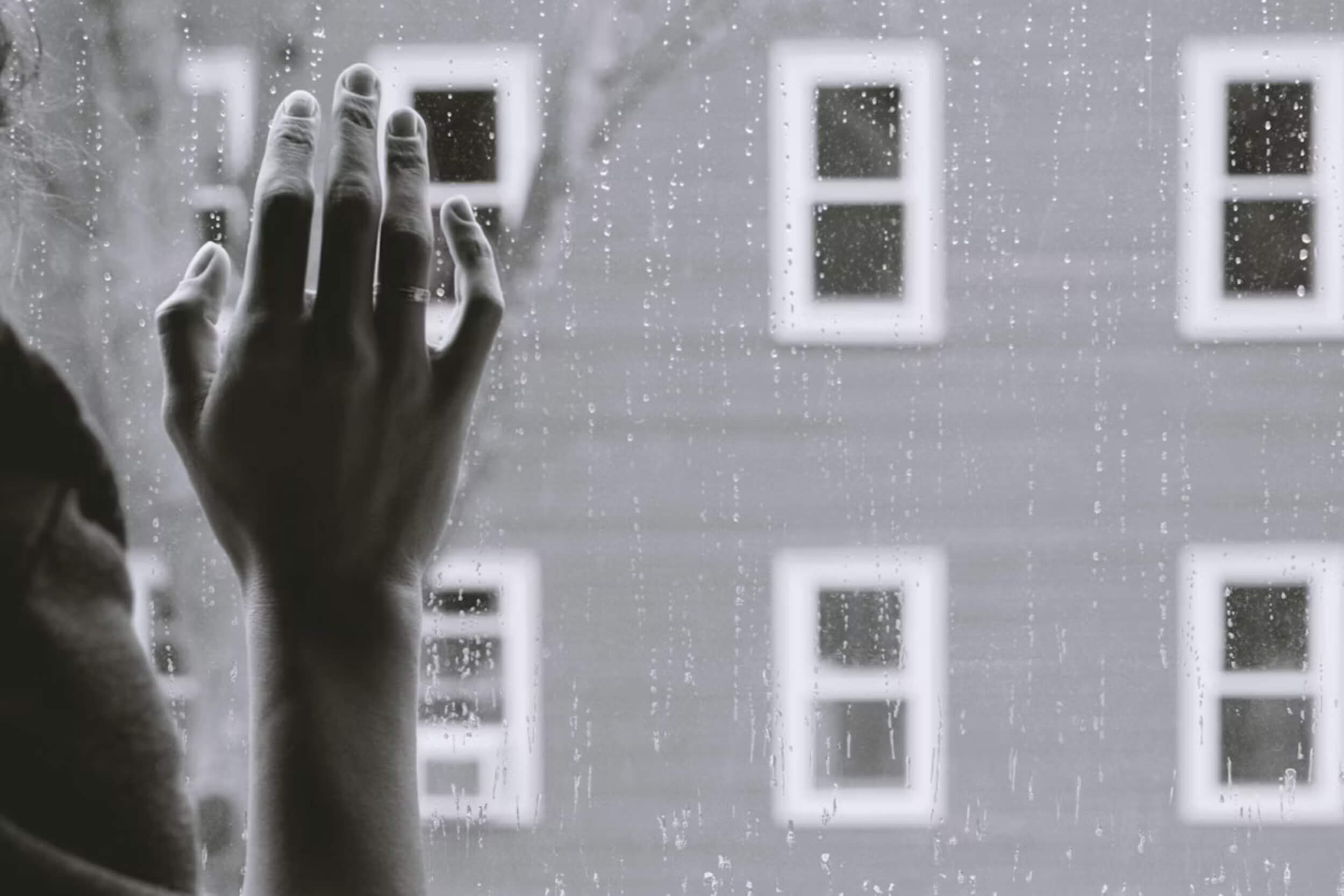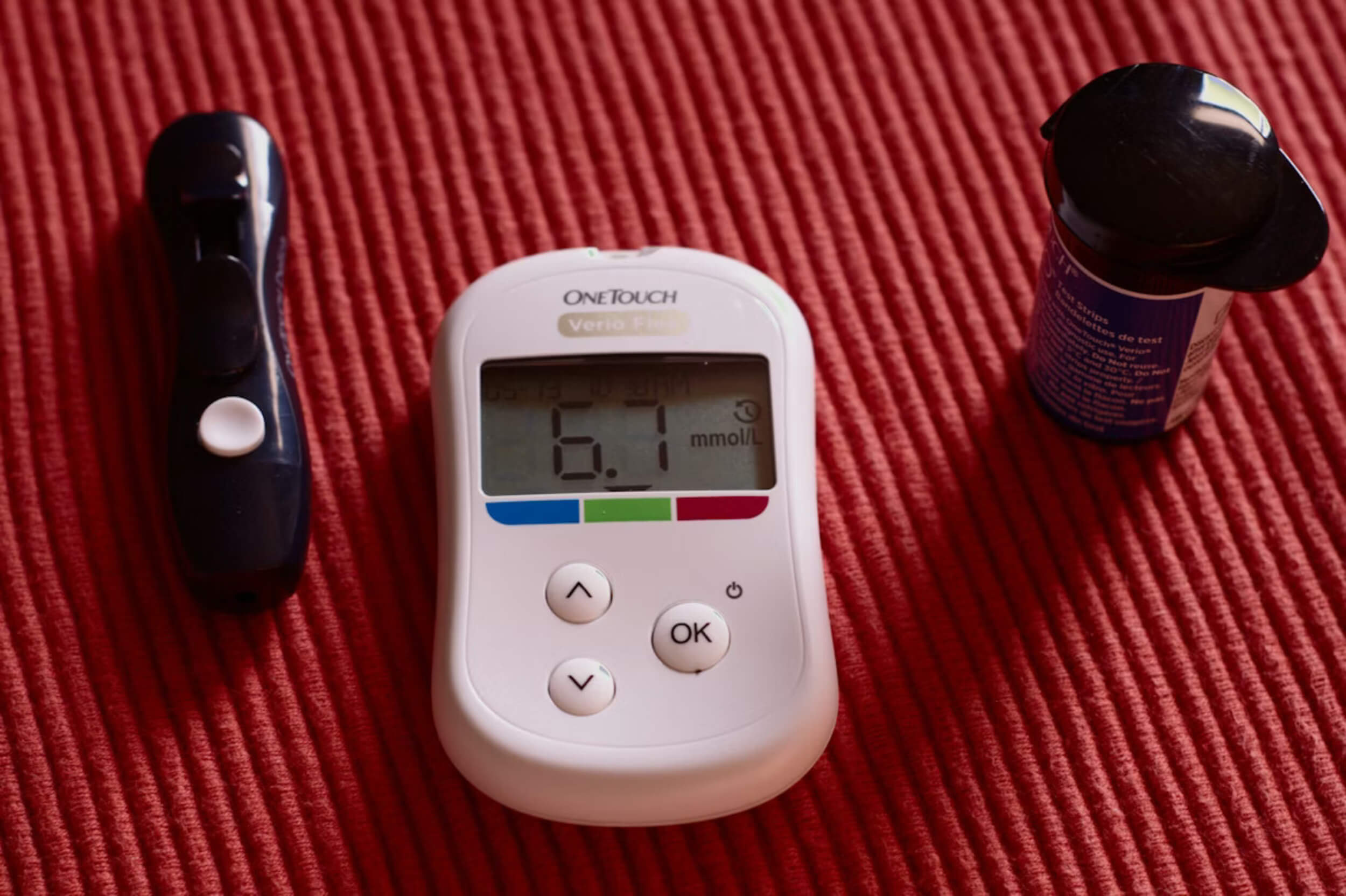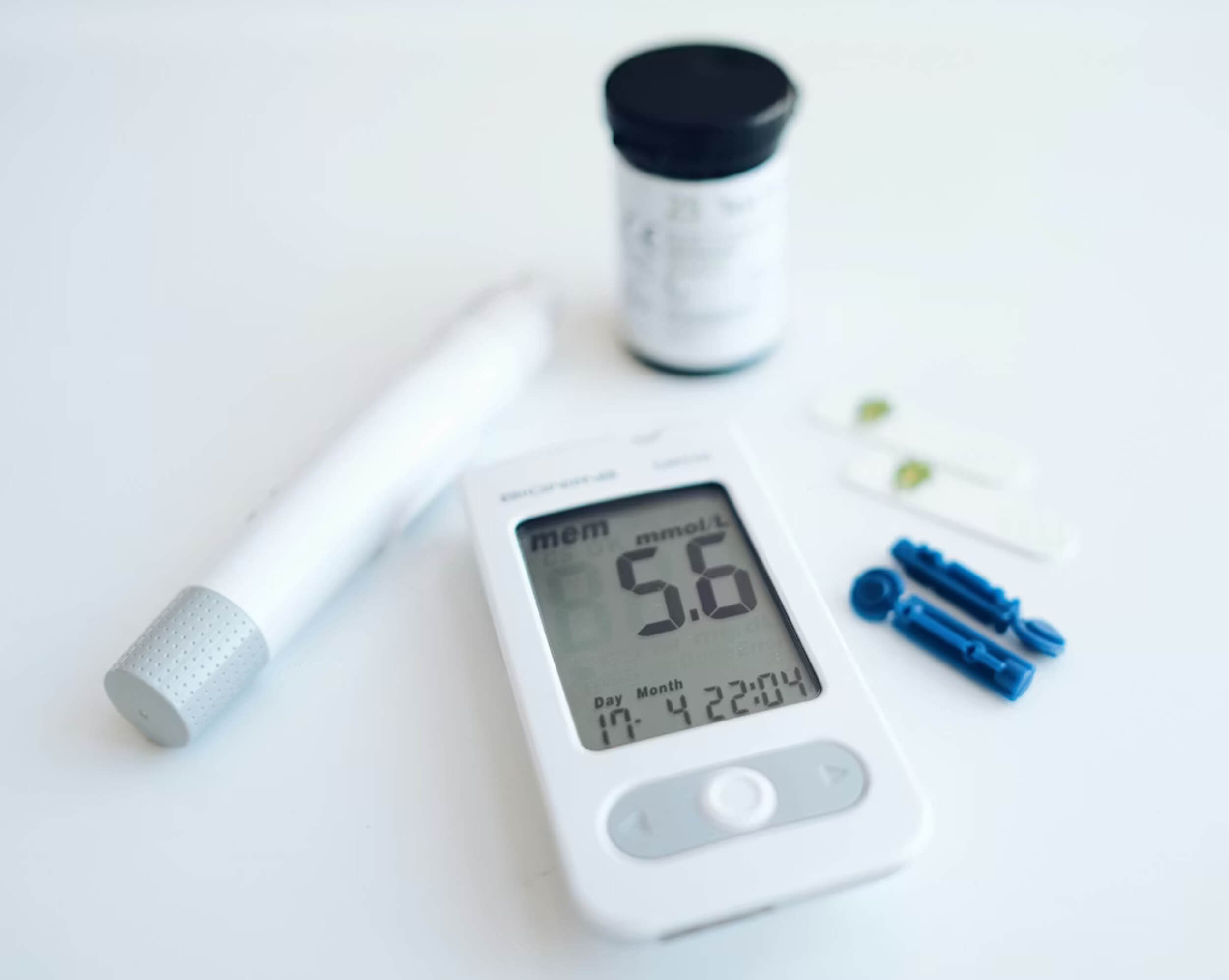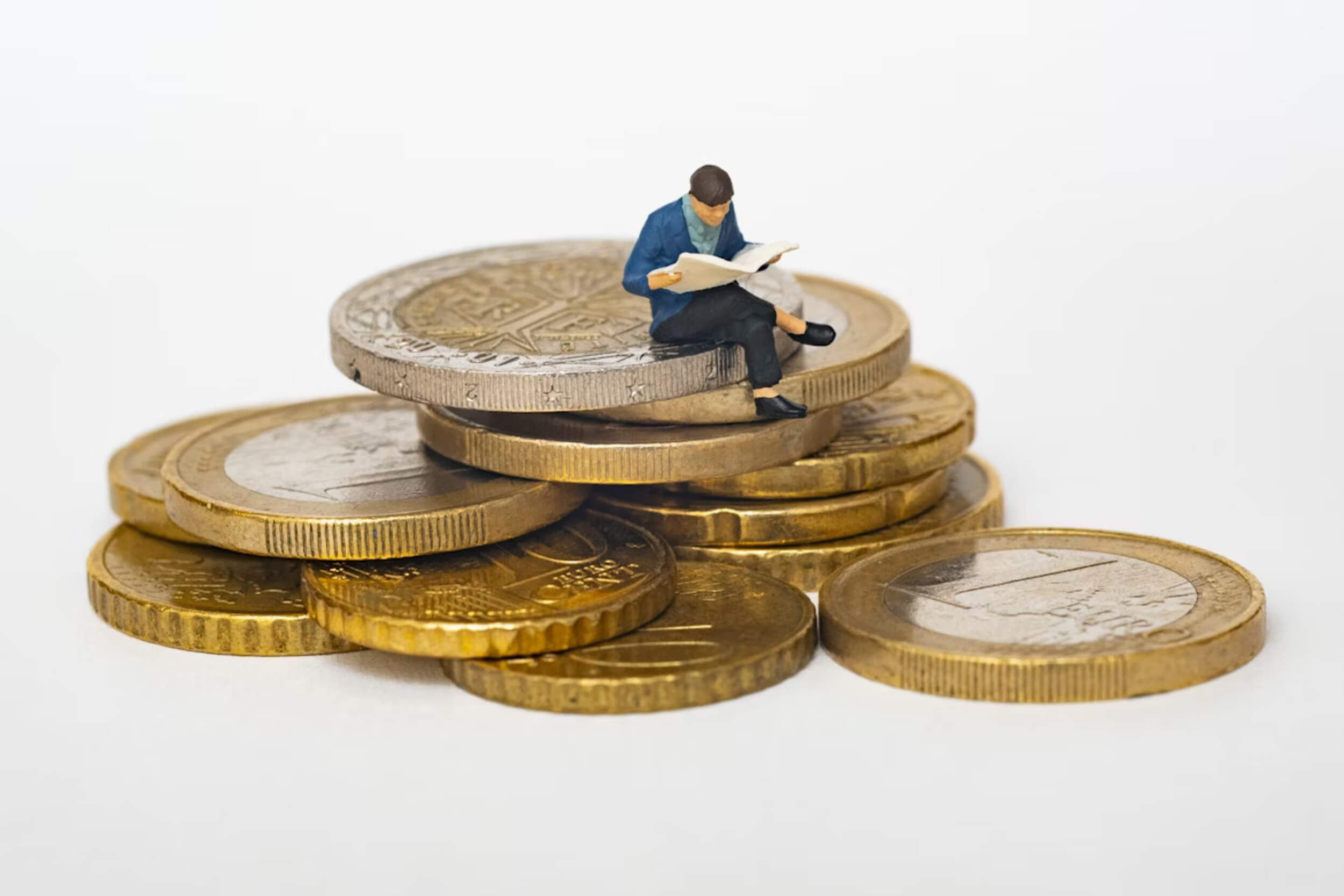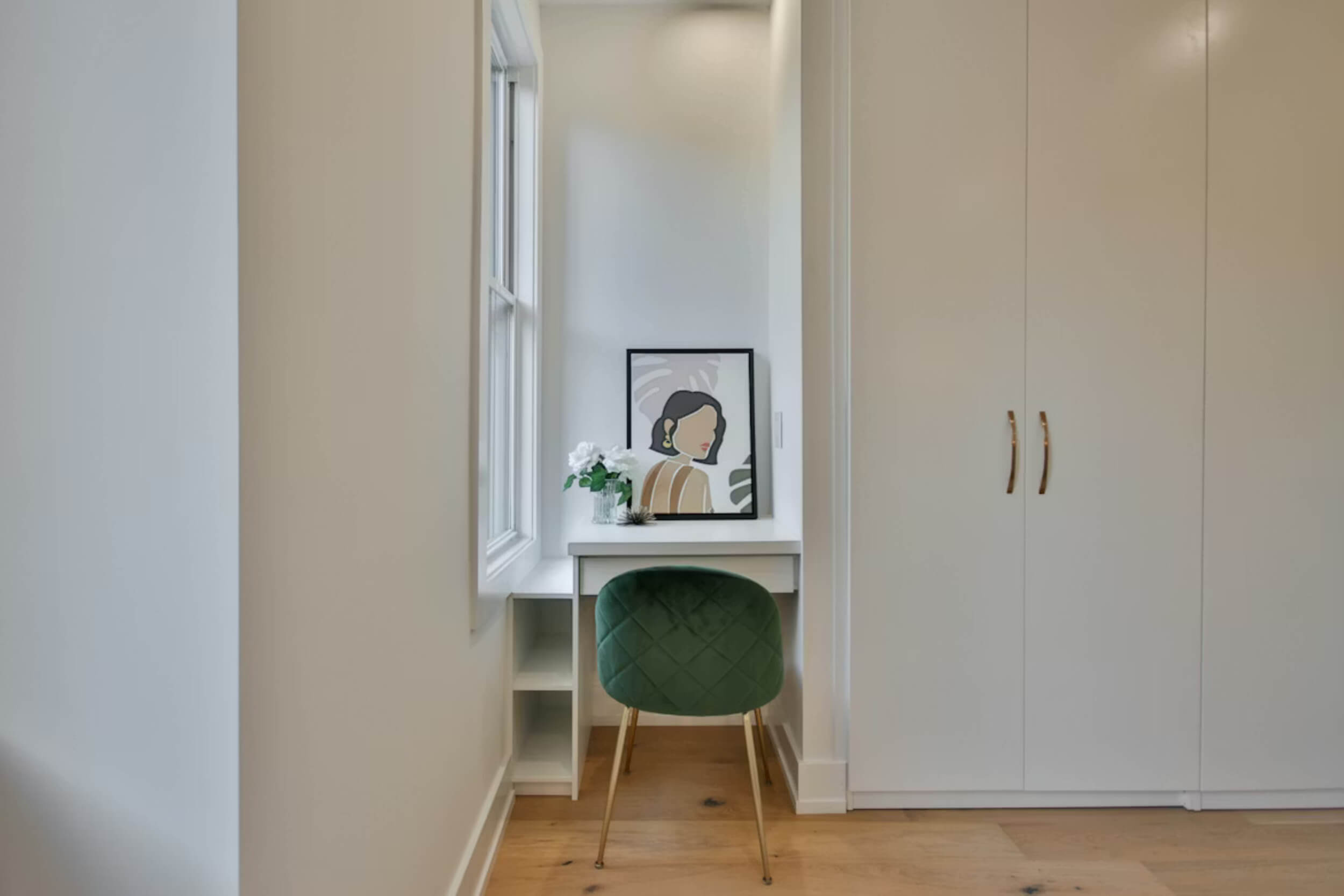Repurpose plastic bottles—could this simple idea transform the way we tackle plastic waste? Every minute, almost one million plastic bottles are discarded, with many ending up in landfills, polluting oceans, and harming wildlife. These single-use items, designed for convenience, leave a legacy of environmental damage that can last for centuries.
But what if these bottles didn’t have to go to waste? Around the world, innovators are stepping up with creative ways to turn discarded plastic into valuable resources. From building materials to practical household items, these ideas are proving that trash can truly be turned into treasure.
What makes these solutions so inspiring is their ability to tackle a massive problem with simple, effective ideas. By reimagining how we use and repurpose plastic bottles, they’re not just helping clean up the environment—they’re setting an example for a more sustainable future.
Let’s uncover five fascinating ways people are breathing new life into plastic bottles. These creative solutions might just make you rethink how you view waste—and what it can become.
Background: The Scale of the Plastic Bottle Problem
The world produces over 500 billion plastic bottles every year—that’s about 1 million bottles tossed out every single minute. While convenient for carrying drinks, the environmental damage caused by single-use plastic bottles is massive. Most of these bottles don’t get recycled. Instead, they pile up in landfills, pollute oceans, and scatter across natural habitats, creating an overwhelming waste crisis.
The improper disposal of plastic bottles causes long-lasting harm. In oceans, bottles break down into microplastics, which are eaten by fish and other sea creatures—and can even end up in the food we eat. On land, they clog waterways and take hundreds of years to decompose, leaching harmful chemicals into the soil. For wildlife, these bottles can be deadly, causing injuries or accidental ingestion.
Traditional recycling methods aren’t solving the problem. Most countries don’t have the capacity to recycle all the plastic waste generated. That’s why innovation is critical. The concept of repurpose plastic bottles is gaining momentum as a practical and sustainable solution. It focuses on finding new uses for discarded bottles, turning waste into valuable materials instead of letting it pile up.
By shifting our mindset from disposal to repurposing, we can create real change. These bottles don’t have to end up as litter—they can become building materials, fabrics, or even household items. Repurposing is more than just reducing waste—it’s about transforming it into something meaningful for a cleaner, healthier planet.
The Creative Solutions
Here are five brilliant ways innovators are repurposing plastic bottles into practical and meaningful solutions for a better future.
1. Plastic Bottle Bricks for Affordable Housing
Using plastic bottles as construction materials is one of the most practical ways to repurpose them. By filling discarded bottles with sand, soil, or other dense materials, they become eco-bricks—durable and reliable building blocks for homes and community structures. These bricks are strong enough to replace traditional construction materials like concrete blocks.
In countries across South America and Africa, where affordable housing is a pressing need, eco-bricks have provided a groundbreaking solution. For instance, communities in Nigeria and Guatemala have constructed schools, homes, and community centers using this method. Not only does it help tackle housing shortages, but it also reduces the reliance on more expensive and environmentally harmful materials.
One major advantage of these bottle bricks is their durability. Unlike conventional bricks, they resist weathering and can last for decades. Plus, using plastic bottles keeps waste out of landfills and oceans, reducing pollution. This method is also cost-effective, making it accessible for low-income communities while creating opportunities for individuals to participate in the construction process.
Projects like these show how plastic bottles can serve a second purpose, solving real-world problems and reducing the environmental burden at the same time. By turning something as simple as a discarded bottle into a building block, innovators are reshaping the way we approach sustainable housing.
2. Turning Bottles into Eco-Friendly Fabric
Who would have thought that plastic bottles could be turned into stylish clothing? Innovators have developed techniques to shred and process plastic bottles into fine fibers, which can then be woven into fabric for clothing, bags, and other accessories. This process not only gives bottles a second life but also offers an eco-friendly alternative to traditional materials like virgin polyester.
Brands like Patagonia and Adidas have embraced this innovation, creating sustainable fashion lines that appeal to environmentally conscious consumers. For example, Patagonia uses recycled plastic bottles to make fleece jackets, while Adidas incorporates them into shoes and sportswear. These brands are not just cutting down on waste but also lowering their carbon footprints.
The benefits of this approach go beyond just reducing plastic waste. By using recycled bottles, manufacturers decrease the need for virgin polyester, which is made from fossil fuels. This helps conserve resources and reduces greenhouse gas emissions associated with producing new materials.
What makes this solution even more appealing is how it connects with consumers who want to make ethical choices. People love the idea of wearing clothes that not only look good but also do good for the planet. By turning plastic bottles into fabric, innovators are merging fashion and sustainability in a way that’s both practical and inspiring.
3. Plastic Bottle Gardens for Urban Areas
In crowded urban areas where space is limited, plastic bottles are being repurposed as planters for vertical gardens. This simple yet creative solution is helping transform unused walls and rooftops into green spaces that grow food, herbs, and flowers.
The process is straightforward: plastic bottles are cut, filled with soil, and arranged vertically to create a space-saving garden. These gardens are especially popular in densely populated cities like Manila in the Philippines or Nairobi in Kenya, where space and resources are scarce. Communities and schools are using these gardens to grow fresh vegetables, providing healthier food options in areas where access is limited.
Vertical gardens made from plastic bottles don’t just save space—they also promote sustainability. They reduce the amount of waste that ends up in landfills and give people a chance to engage in urban farming. Plus, these gardens bring communities together, encouraging people to share gardening skills and work towards a greener environment.
This idea also helps reduce heat in urban areas by adding greenery, which cools down spaces and improves air quality. With such wide-ranging benefits, it’s easy to see why repurposing plastic bottles for urban gardening has gained popularity worldwide.
4. Repurposing Bottles into Road Paving Materials
Plastic bottles are also being crushed and used to enhance road construction materials, offering an innovative way to address both infrastructure and waste challenges. Researchers and engineers have discovered that adding shredded plastic bottles to asphalt can make roads more durable and resistant to wear and tear.
This method has already been tested successfully in countries like India and Australia. For instance, in India, a kilometer of road built using plastic-enhanced asphalt can incorporate up to one million plastic bottles. Not only does this keep waste out of the environment, but it also reduces construction costs, as plastic is cheaper than many traditional additives.
The benefits extend beyond cost savings. Roads built with plastic bottles are more flexible, which means they’re less likely to crack under pressure or extreme weather conditions. This innovation also significantly reduces the demand for virgin materials, making road construction more sustainable.
With millions of kilometers of roads built and repaired every year, this idea has the potential to scale globally. By repurposing plastic bottles for road construction, innovators are solving two problems at once: improving infrastructure while tackling plastic waste.

5. Plastic Bottles Transformed into Durable Furniture
Another creative use for plastic bottles is turning them into furniture. By processing the bottles into raw materials, designers and manufacturers can create chairs, tables, and even playground equipment that is sturdy and long-lasting.
For example, a company in Colombia called Conceptos Plásticos melts down plastic bottles and molds them into modular furniture pieces. Their creations are not only functional but also affordable, making them a great option for schools, parks, and low-income households.
This approach has several benefits. First, it reduces the need for virgin materials like wood or metal, which often come with high environmental costs. Second, the furniture made from plastic bottles is highly durable, resistant to water and pests, and can be used for years without degrading.
Collaborations between designers, manufacturers, and environmental organizations have made this idea even more impactful. Companies like IKEA have also experimented with using recycled plastics in their furniture lines, showing that large-scale adoption of these methods is possible.
Repurposing plastic bottles into furniture not only helps reduce waste but also highlights how creativity can solve environmental challenges. By turning what was once trash into something useful, innovators are paving the way for a more sustainable future.
Final Thoughts on Innovative Plastic Bottle Repurposing
The way people are repurposing plastic bottles today shows just how far a little creativity and determination can go. From building homes to crafting durable furniture, these ideas prove that even something as simple as a discarded bottle can have a second life. These solutions don’t just address the growing problem of plastic waste; they also inspire hope that we can rethink how we use materials in our daily lives.
But for these innovations to make a real difference, they need support. Consumers can play their part by making thoughtful choices, like buying products made from recycled plastic. Businesses can look for ways to integrate these ideas into their own practices. Governments can encourage these efforts with better recycling policies, funding, and education programs to raise awareness.
Even small actions can help. Cutting back on single-use plastics, recycling correctly, or supporting brands that repurpose plastic bottles can create ripple effects that lead to big changes. When we all do a little, it adds up to a lot.
The ingenuity behind these solutions shows what’s possible when people refuse to see waste as just trash. It’s a reminder that the challenges we face aren’t too big to solve. Sometimes, the answer starts with something as small as a plastic bottle—and the belief that it can be transformed into something meaningful. The future is in our hands, and every step counts toward a cleaner, greener planet.
